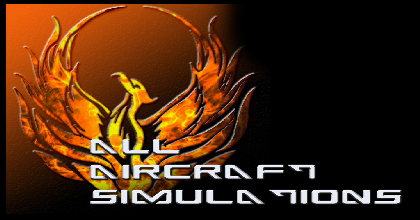RAF_Magpie Wrote:Forgive me Ashes, the old brain has shifted to first gear, but are you refering to auto-gen based on the textures (kinda like the random tree thing)...?
I am referring to the ground textures defined by the "Fields" section of load.ini and edited using the "Tile" function in Map Editor. All the textures can be viewed using the vpmedia texture library.
The buildings created would not be random but would be created in the inBuildings.txt files.
To cover a texture area we need to create 16 blocks each 200x200m. that will cover the whole of the repeating pattern. We can do this by copying parts of towns from the Slovakia map.
These will be saved as inBuildings.txt files --- say inBuildings-a.txt to inBuildings-p.txt
The coordinates of the objects on these files will be in the range 0,0 to 8000,8000
When map_T is processed if say a town texture is detected at coords 80000, 80000 then then the pixel coords are added to the basic inBuildings-*.txt coords to create part of the final inBuildings.txt file
The programme would have to be able to process a *.tga file and identify specific pixel RGB values and their bottom left coordinates.
Assuming the programme, the map_T file and the basic inBuildings.txt files are all put together in one folder then the only input the programme would require would be the RGB value of the texture for which you wanted to create a merged inBuildings.txt file, and perhaps the image size of the map_T, but maybe the programme could get that info from the file.
I wish I had the knowledge to programme this but I dont.

 Let's hope
Let's hope ![[Image: Untitled-1copy-1.jpg]](http://i239.photobucket.com/albums/ff113/Asheshouse/Untitled-1copy-1.jpg)